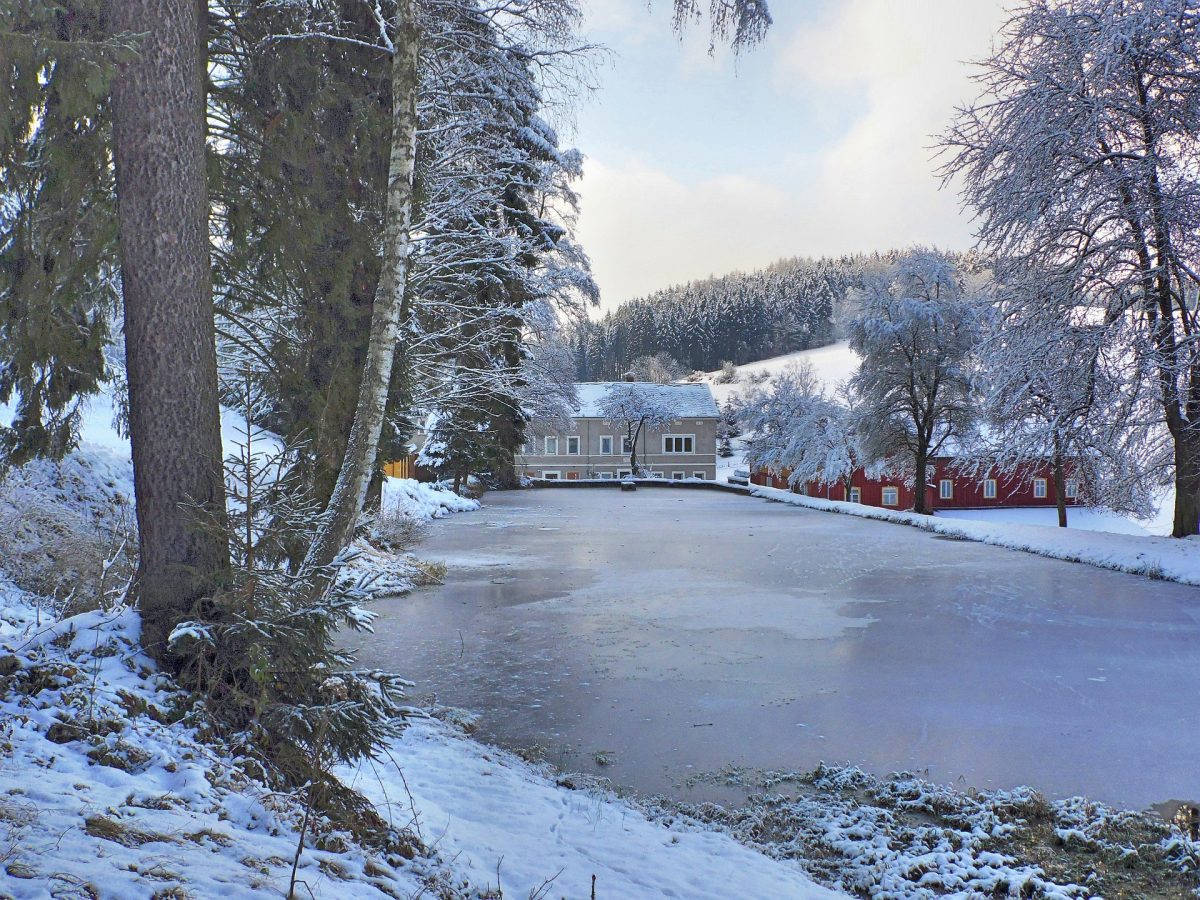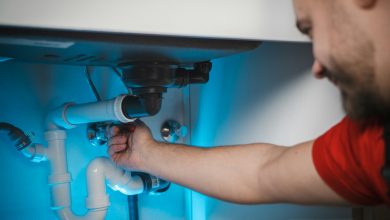Preparing The Pond For Cold Weather

As the nights start to draw longer and the days seem to be getting colder, that can mean only one thing – autumn is just around the corner. And even worse that means winter is getting closer too! Before we all get too depressed though let’s enjoy the last fading days of summer. One thing however that will need doing is starting to prepare your pond for the cold months ahead. Don’t panic though – follow this list of things to do and your pond and fish should survive through to the following spring.
Clean Out Pond
The first step is to remove any leaves and debris that have fallen into the pond. It is also a good idea to cut back and remove any dead vegetation off your pond plants as well. Dead matter and leaves will rot down slowly releasing ammonia and nitrites into the water. If the pond freezes over the levels will continue to rise instead of being absorbed into the atmosphere and the changes in pond composition may cause fatalities in your fish. Ideally you need to do this during September and October.
Move and Remove Plants
Hardy marginal plants in your pond need to be moved to deeper water during the cold months. Ideally a depth of at least 18 inches is adequate. For less hardy marginal plants, they need to be removed and carefully wrapped in damp newspaper. These need to be kept in a warm environment inside or in a conservatory or greenhouse. Regularly check that the newspaper has not dried out but also ensure it is not too wet. Too dry will kill the plants and too wet will cause mould to grow on them. For non-hardy deep water plants such as water lilies it is best to remove them from the pond and place them in pots without drainage holes. These can be kept with your non-hardy marginal plants and need to be kept topped up with water throughout the winter. If the pond completely freezes over the hardy marginal also need to be brought inside.
Clean Filter and Pond Pump
Autumn is the perfect time for you to clean your pond filter and pond pump. Make sure that any blockages from blanket weed are removed from the pond pump impeller, and also any other inlets. When cleaning the filter ensure that the sponges and filter medium are cleaned in pond water that is returned to the pond, as the filter contains beneficial bacteria for the pond. Once you replace the pond pump try to place it closer to the surface so that the outlet blows bubbles across the pond surface. This will help to stop the pond from completely freezing over. You do not need to put the filter back into the pond as it could freeze and break. The reduced activity of the fish will mean less ammonia is being released into the water so the filter is not as necessary as in the warmer months.
Vacuum Pond
If you have purchased one now is a good time to remove any sludge and silt from the bottom of the pond sitting on the liner using a pond vacuum. Alternatively you can use a sludge treatment, but obviously the more natural vacuum approach is better. Sludge and silt not only raise the bottom level of your pond, they also cause ammonia and nitrites to enter your pond which is potentially fatal for your fish.
Feeding the Fish
As the weather and temperatures changes the diet of your fish will also alter. Fish move less and less as the temperature drops so they do not require as much food. Slowly reduce the amount you put in until the temperature reaches below 10oC. Once the temperature has dropped thus far you will need to change the food to wheatgerm food. This contains less protein than your summer food which is better for your fishes digestion which is slower and colder temperatures. Once the temperature has dropped to 4oC your fish will have entered a torpid state so they do not need to be fed anymore.
Cover the Pond
During the autumn it is a good idea to place a cover or netting over the pond. This is mainly to prevent leaves falling into the pond. The alternative is to regularly clean out the pond every week. The build-up of leaves in the pond will cause levels of ammonia and nitrites to rise which is dangerous for your fish. Ensure that any cover is secured properly. The cover also has the added advantage of protecting the water preventing it from freezing so easily.
Heaters and De-Icers
If you are worried about the pond freezing over in the colder months, autumn is a great time to invest in either a pond heater or a de-icer. A specialist pond de-icer is great for thin layers of ice if the pond completely freezes over. The heater should keep the water in a particular place warm enough to prevent complete freezing over. Freezing over completely is particularly bad for your fish as oxygen cannot dissolve into the water and nitrogen cannot dissolve out; the fish will suffocate. Partial freezing is alright though as the gases can transfer.
Planning
Over the winter is the perfect time to consider how you want your pond to look the following spring. You can begin to research any new plants you want to grow, whether you want any new fish and also if you want to extend or modify the pond. Getting ahead at this stage is a great idea as you can start to look at purchasing new pond liners, pond pumps and filters as well.




